Syn.: Stachys palustris subsp. pilosa (Nutt.) Epling, Stachys palustris var. pilosa (Nutt.) Fernald
Family: Lamiaceae Martinov
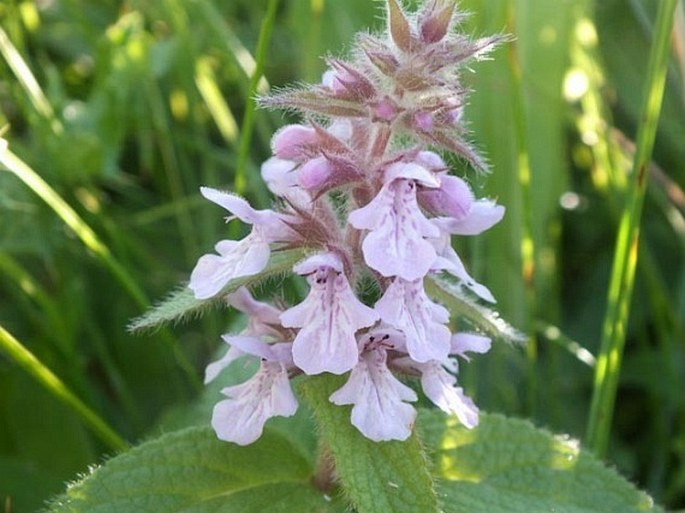
Distribution: Species of North America, found in most of Canada and US. Absent in hot areas of California and southeast of US, dry Madrean areas, and extreme cold north of the continent. It occurs in two varieties.
Ecology: Grows in wet meadows, shrubby slopes, banks of streams and wetlands. Blooms in July and August.
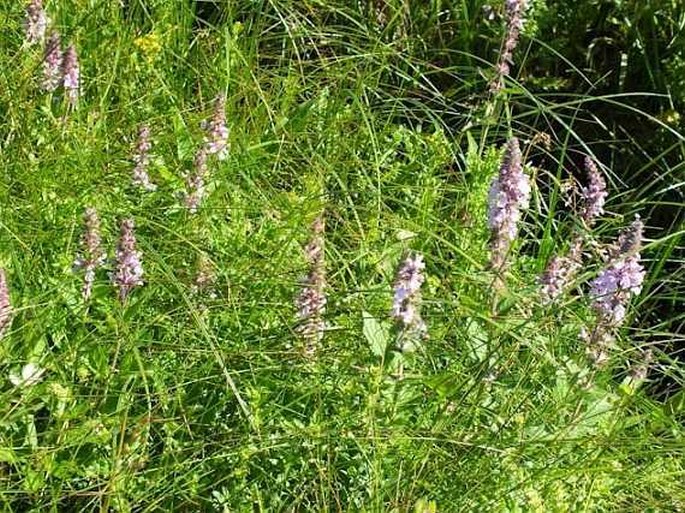
Description: Perennial herb, 30 to 80 cm tall from creeping rhizome. Stem erect, hairy, single to poorly branched, square, sometimes reddish coloured. Leaves opposite, short petiolate, lanceolate, margins dentate, green or reddish. Inflorescence is a crowded, terminal spike, 2–25 cm long. Flowers pink to purple, mottled with pale and dark spots, irregular, 2-lipped, 10–15 mm long, lower lip 3-lobed, central lobe the largest. Fruit is a dark brown nutlet, about 2 mm long.
Use: Tuberous root can be eaten boiled, roasted, raw or dried.
Note: 38 species of Stachys are recognized in Canada and US; this species is the most common over the largest distribution.
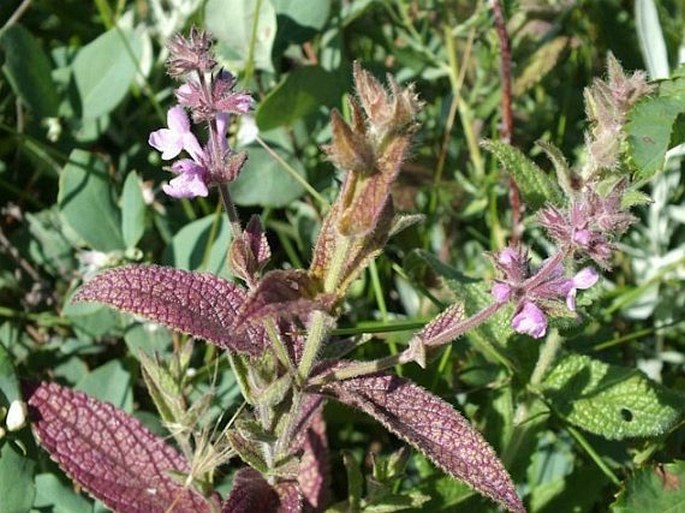
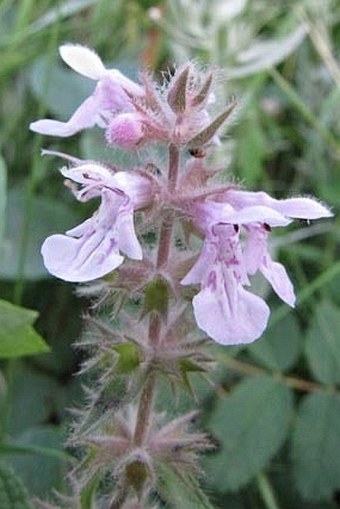
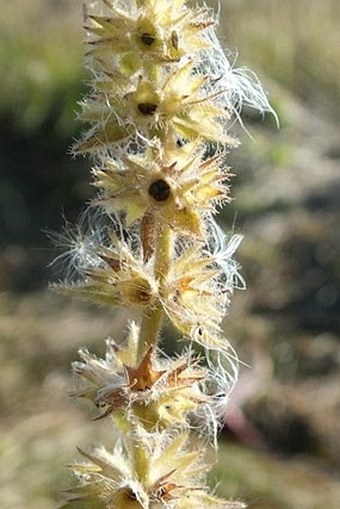

These images were taken in Canada, Alberta, Calgary, Confluence Park (2013).


